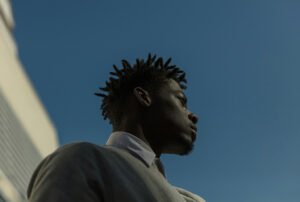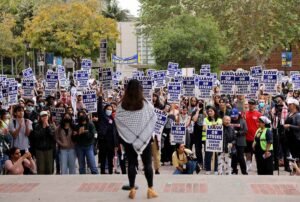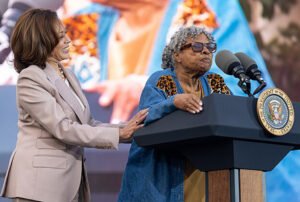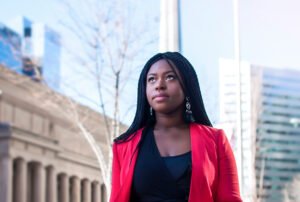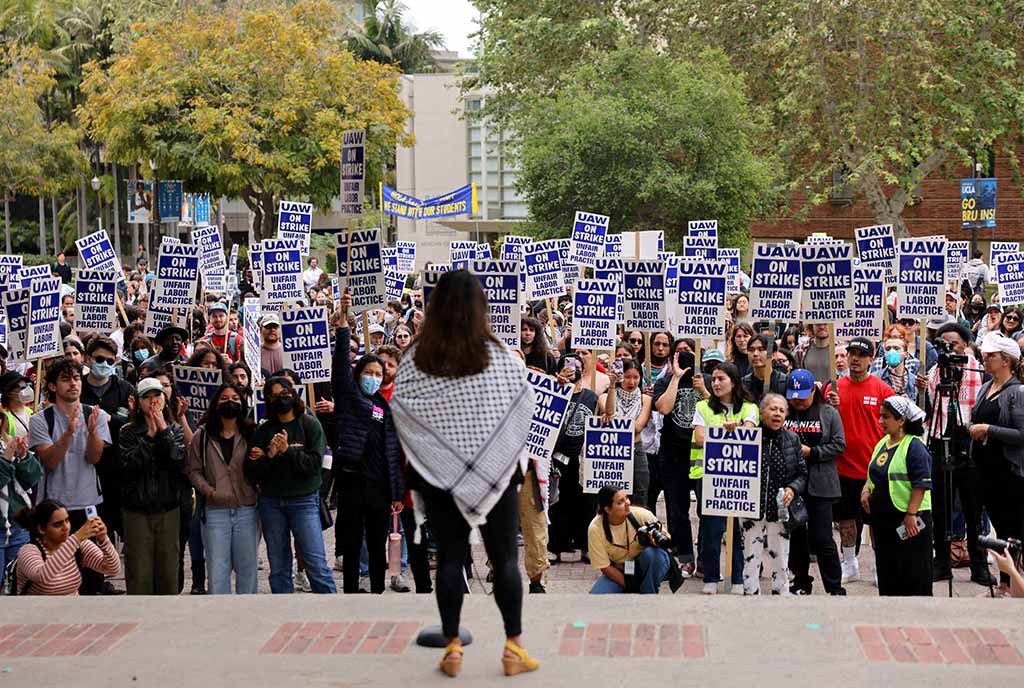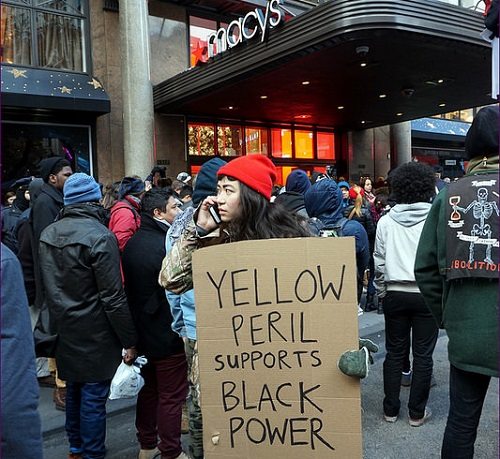
December 14, 2014; CNN
This past weekend, protests continued throughout the United States in response to the police shootings of unarmed black men and the systemic American racism that underwrites that persistent and virulent phenomenon. In New York City, 25,000 people marched, and in Washington, D.C., the families of Trayvon Martin, Michael Brown, Tamir Rice, Eric Garner, and others killed by police gathered with thousands of supporters.
“This is a history-making moment,” said Garner’s mother, Gwen Carr. “It’s just so overwhelming to see all who have come to stand with us. Look at the masses—black, white, all races, all religions. […] We need to stand like this at all times.”
And, in fact, many have noted the diversity of those coming out for demonstrations in New York, Washington, Boston, San Francisco, and Oakland, California, where forty years ago, a group of young black men highlighted this very issue of police violence against the black community by declaring themselves the Black Panther Party for Self-Defense. (Of course, their interests did not stop at that issue.)
Sign up for our free newsletters
Subscribe to NPQ's newsletters to have our top stories delivered directly to your inbox.
By signing up, you agree to our privacy policy and terms of use, and to receive messages from NPQ and our partners.
Lesley McSpadden, the mother of Michael Brown, commented on what she called a “sea of people” in D.C., saying, “If they don’t see this and make a change, then I don’t know what we got to do.”
Across the country, the signs and chants are the same: “Black lives matter,” “Hold cops accountable,” and “I can’t breathe.” But while some who demonstrate are tightly focused on police conduct and accountability, others believe that in this moment, the more systemic indicators of racism must be addressed. We suggest that readers look below to a graph from the recently released Pew study on the racial divide in income to see how stark those basic statistics are. In short, the wealth of white families is 13 times that of black families.
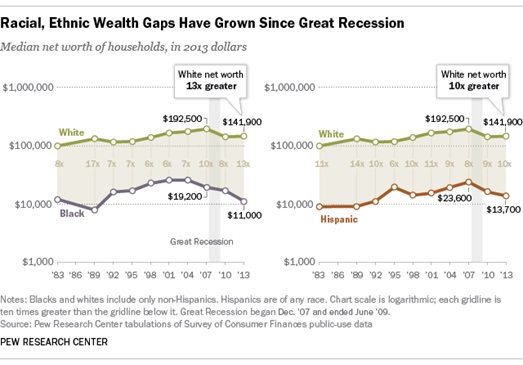
NPQ would be interested to hear your thoughts and experiences with this movement to date. Where is it going, and what is its potential?—Ruth McCambridge


